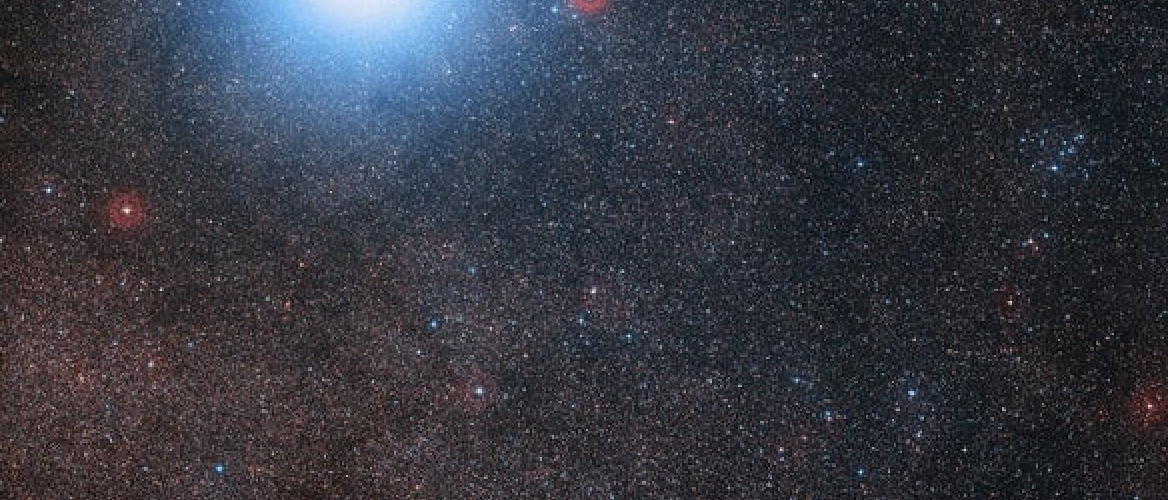Little is more enticing than the prospect of seeing alien worlds around other stars—and perhaps one day even closely studying their atmosphere and mapping their surface. Such observations are exceedingly difficult, of course. Although more than 4,000 exoplanets are now known, the vast majority of them are too distant and dim for our best telescopes to discern against the glare of their host star. Exoplanets near our solar system provide easier imaging opportunities, however. And no worlds are nearer to us than those thought to orbit the cool, faint red dwarf Proxima Centauri—the closest star to our sun at 4.2 light-years away.
In 2016 astronomers discovered the first known planet in this system: the roughly Earth-sized Proxima b. But because of its star-hugging 11-day orbit around Proxima Centauri, Proxima b is a poor candidate for imaging. Proxima c, by contrast, offers much better chances. Announced in 2019, based on somewhat circumstantial evidence, the planet remains unconfirmed. If real, it is estimated to be several times more massive than Earth—a so-called super Earth or mini Neptune—and to orbit Proxima Centauri at about 1.5 times the span between Earth and the sun. Its size and distance from its star make the world a tempting target for current and near-future exoplanet-imaging projects. Now, in a new preprint paper accepted for publication in the journal Astronomy & Astrophysics, some astronomers say they might—just might— have managed to see Proxima c for the first time.
Read more at Scientific American










Add comment